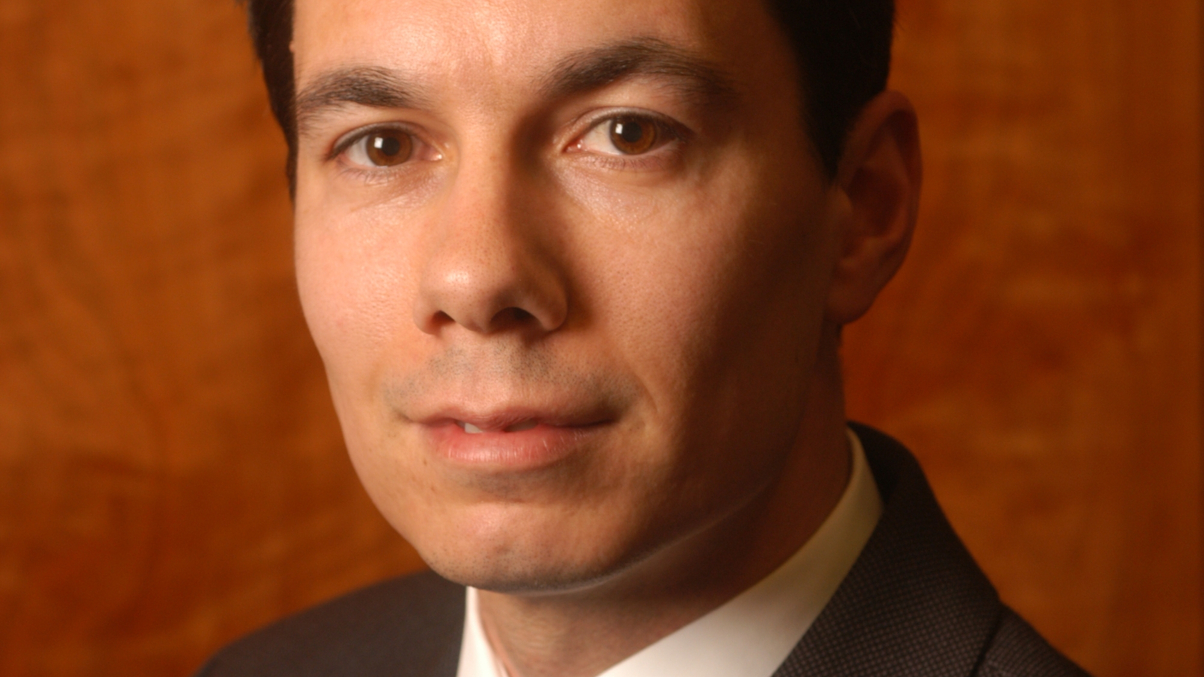Managers still back US equity bets
The US stock market’s strong performance has not put it in bubble territory, says Northern Trust international CIO Wayne Bowers.

Despite an almost six-year rally in US equities, the asset class does not pose outsized risks to investors, said Wayne Bowers, London-based CEO and CIO for international asset management at Northern Trust.
Sign in to read on!
Registered users get 2 free articles in 30 days.
Subscribers have full unlimited access to AsianInvestor
Not signed up? New users get 2 free articles per month, plus a 7-day unlimited free trial.
¬ Haymarket Media Limited. All rights reserved.


